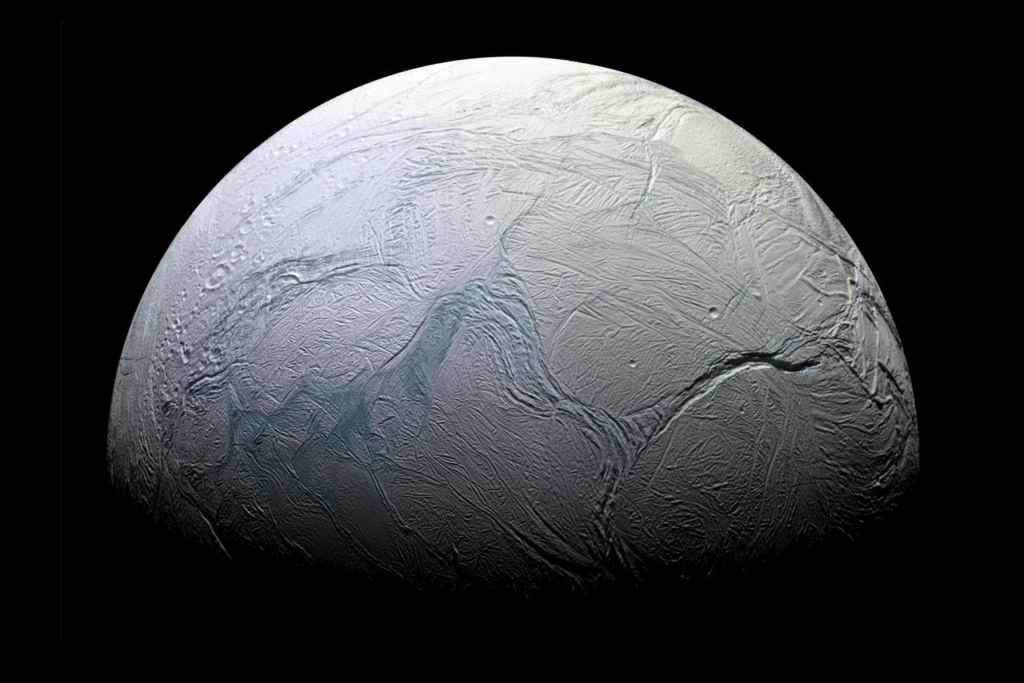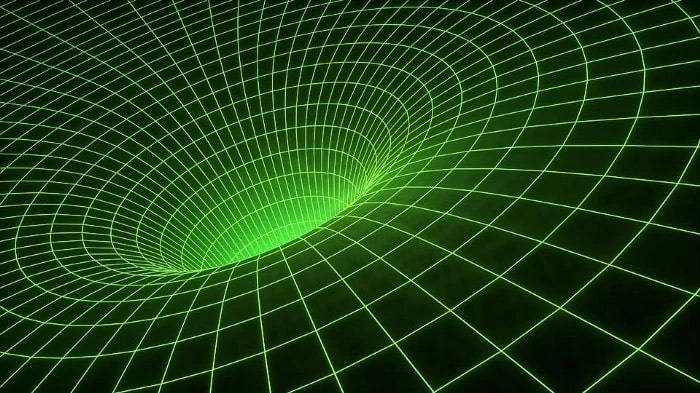Saturn is one of the planets with the most interesting moons. Scientists have discovered countless things about this planet’s moons, from the meatball-like moon to the white ice ball moon. However, there are many open questions about Saturn’s array of satellites and what they can teach us about the solar system’s evolution. Here are five of these phenomenal questions about Saturn’s moons.
Why are some of Saturn’s moons dry while others have liquid water oceans?
Saturn’s moons, like Enceladus, Titan, and possibly Dione, have liquid water oceans, but others, like Mimas, are dry. What is puzzling is that Mimas is in a better position to generate heat and maintain a liquid ocean. So why is this moon dry?
While there’s some evidence that Mimas can have an ocean, the cold and rigid sphere of Mimas would never have been squished and warmed enough by Saturn’s pull to have melted its ice into a liquid-water ocean. So it’ll most likely remain a dry moon.
How old are Saturn’s moons
Many of Saturn’s satellites, or moons, developed at the same time as the rest of our solar system more than 4 billion years ago. Saturn’s larger moons display a record of that long history in the craters that cover their surfaces.
However, scientists can tell their age by looking at how closely the moons orbit the planet. This conclusion conflicts with the assumed age of Saturn’s moons, proving that they may be younger; some moons may only be 100 million years old.
Any sign of life in the oceans?
We don’t know yet if the oceans inside Saturn’s moons have the necessary components to support life. Scientists have discovered some positive signs, though.
Enceladus, one of the moons, is among NASA’s top targets in the search for life beyond Earth because it appears to have three of life’s most important ingredients: liquid water, the right chemical ingredients, and an energy source.
Why does Saturn have fewer large moons compared to Jupiter?
Jupiter has four large moons and dozens of smaller ones. The large moons, called the Galilean moons, are Ganymede, Lo, Callisto, and Europa. On the other hand, Saturn only has one large moon, Titan.
It’s intriguing how Jupiter’s large moons stayed intact while most of Saturn’s appear to have been shredded by Saturn’s gravity and collisions. Some scientists think it’s because Jupiter’s large moons orbit farther away from the planet, making them less likely to be ripped apart by the planet’s gravity.
Will the moons orbit forever?
Since Saturn’s rings are gradually vanishing, many wonder if the moons will do the same. However, it’s expected that the larger moons won’t suffer the same fate as the smaller ones.
Saturn’s major moons will likely orbit the planet forever, but some of the smaller, more fragile ring moons could vanish. Newer moonlets, created from loose material in the rings, are at higher risk for destructive collisions and disruption by gravitational tides.







